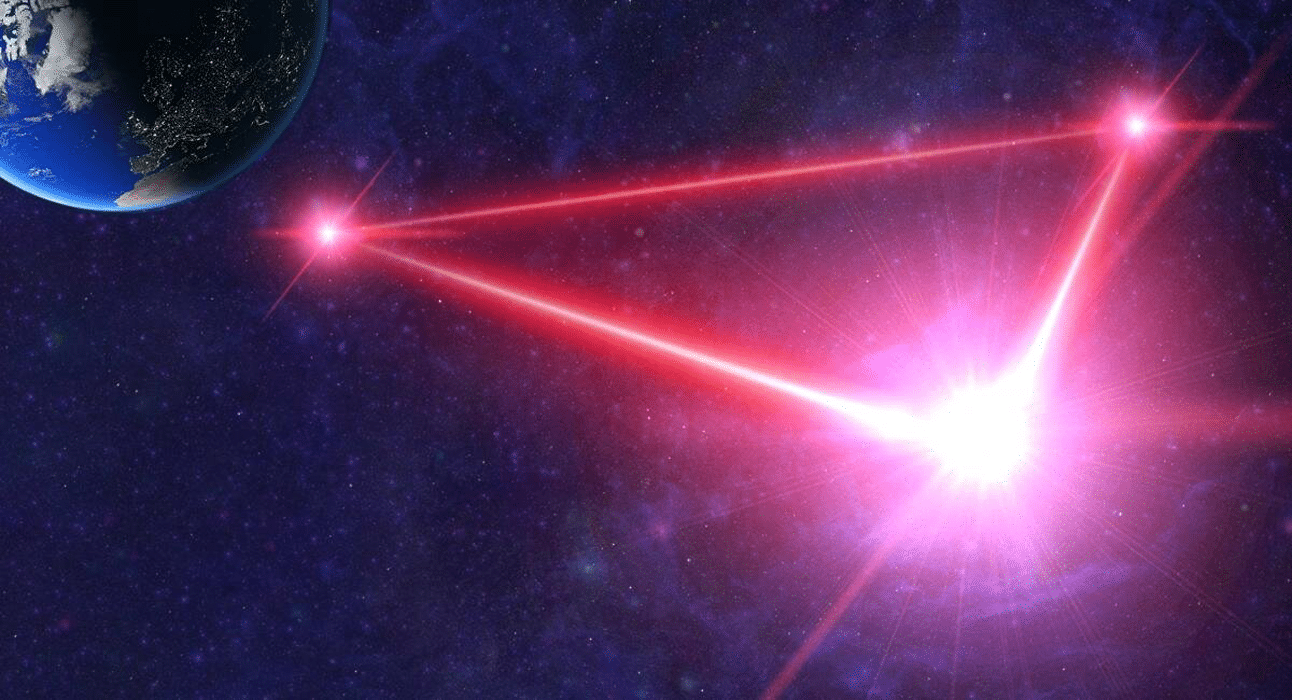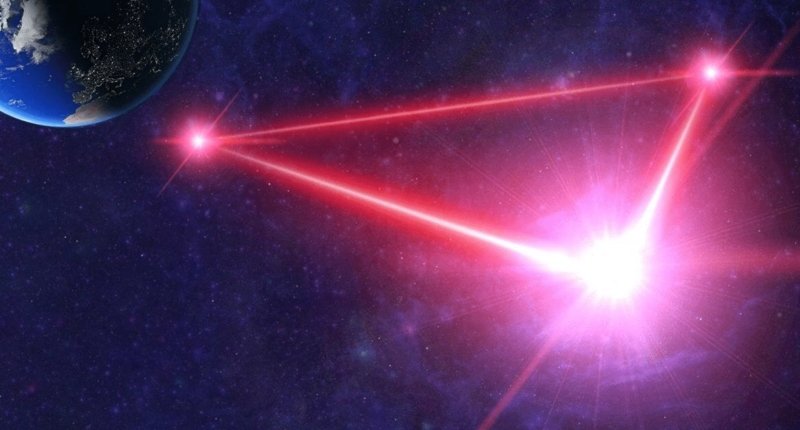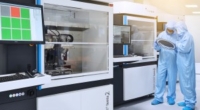Scientists have long sought the stochastic gravitational-wave background (SGWB) signal resulting from numerous unresolved sources, which contains data that can unravel the mysteries of black hole mergers and the dispersion of gravitational wave sources on a cosmic scale. However, detecting SGWB anisotropies has been hampered by the poor angular resolution of gravitational-wave detectors to a diffuse SGWB mapping and considerable shot-noise contribution. A recent SISSA study proposes the deployment of a “constellation” of three or four space interferometers placed in solar orbit to measure subtle fluctuations in the gravitational background signal and extract valuable information about the distribution of black holes, neutron stars, and other sources of gravitational waves in the universe. The ability of interferometers to distinguish gravitational wave sources improves with increasing separation due to improved angular resolution. The study is among the earliest works to provide specific predictions of the size of the stochastic background of gravitational waves by a constellation of instruments orbiting the Sun.
Unlocking the Secrets of Black Hole Mergers through Space Interferometers

Scientists have long searched for the stochastic gravitational-wave background (SGWB) signal resulting from the superposition of numerous unresolved sources, as it contains data that can unravel the mysteries of black hole mergers and the dispersion of gravitational wave sources on a cosmic scale. However, the detection of SGWB anisotropies has been hampered by the poor angular resolution of gravitational-wave detectors to a diffuse SGWB mapping and considerable shot-noise contribution.
To address this, a recent SISSA study proposes the deployment of a “constellation” of three or four space interferometers placed in solar orbit, which could measure subtle fluctuations in the gravitational background signal and extract valuable information about the distribution of black holes, neutron stars, and other sources of gravitational waves in the universe. Using interferometers in space, with their ability to distinguish gravitational wave sources improving with increasing separation due to improved angular resolution, scientists could overcome the low angular resolution of current and next-generation survey instruments.
Giulia Capurri, a SISSA Ph.D. student and first author of the study, acknowledges the difficulty in measuring background fluctuations, known more correctly as anisotropies, given that identifying them requires a high level of angular resolution currently lacking in survey instruments. Nevertheless, Capurri believes that a constellation of space interferometers could enable the detection of subtle fluctuations in the gravitational background signal.
Professor Carlo Baccigalupi of theoretical cosmology at SISSA is optimistic about the potential of space-based interferometer constellations to unlock the secrets of black hole mergers, especially given the success of the LISA project’s space mission test. Currently, there are two proposals for the creation of space-based interferometer constellations: the European Big Bang Observatory (BBO) and the Japanese Deci-hertz Interferometer Gravitational-wave Observatory (DECIGO).
In summary, a new proposal to utilize space-based interferometers to detect the SGWB signal offers hope to scientists seeking to uncover the mysteries of black hole mergers and the dispersion of gravitational wave sources on a cosmic scale. By overcoming the poor angular resolution of current survey instruments, scientists could finally map the flat and almost perfectly homogeneous background in search of ripples that contain valuable information about the universe.
A recent SISSA study proposes the deployment of a “constellation” of three or four space interferometers placed in solar orbit to detect subtle fluctuations in the gravitational background signal. This represents one of the earliest works to provide specific predictions of the size of the stochastic background of gravitational waves by a constellation of instruments orbiting the Sun. The study’s authors believe that a constellation of space interferometers could enable the extraction of valuable information about the distribution of black holes, neutron stars, and other sources of gravitational waves in the universe.
Don’t miss interesting posts on Famousbio










